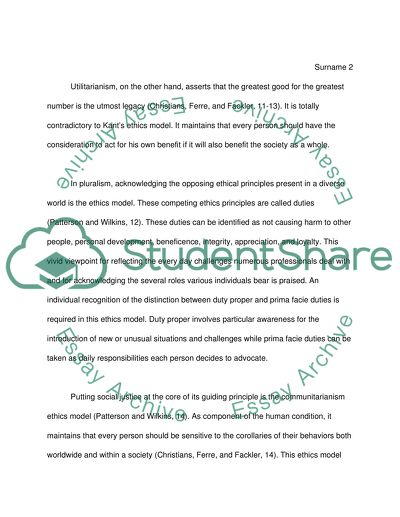Cite this document
(“Media Ethics Essay Example | Topics and Well Written Essays - 1500 words”, n.d.)
Media Ethics Essay Example | Topics and Well Written Essays - 1500 words. Retrieved from https://studentshare.org/miscellaneous/1520365-media-ethics
Media Ethics Essay Example | Topics and Well Written Essays - 1500 words. Retrieved from https://studentshare.org/miscellaneous/1520365-media-ethics
(Media Ethics Essay Example | Topics and Well Written Essays - 1500 Words)
Media Ethics Essay Example | Topics and Well Written Essays - 1500 Words. https://studentshare.org/miscellaneous/1520365-media-ethics.
Media Ethics Essay Example | Topics and Well Written Essays - 1500 Words. https://studentshare.org/miscellaneous/1520365-media-ethics.
“Media Ethics Essay Example | Topics and Well Written Essays - 1500 Words”, n.d. https://studentshare.org/miscellaneous/1520365-media-ethics.


